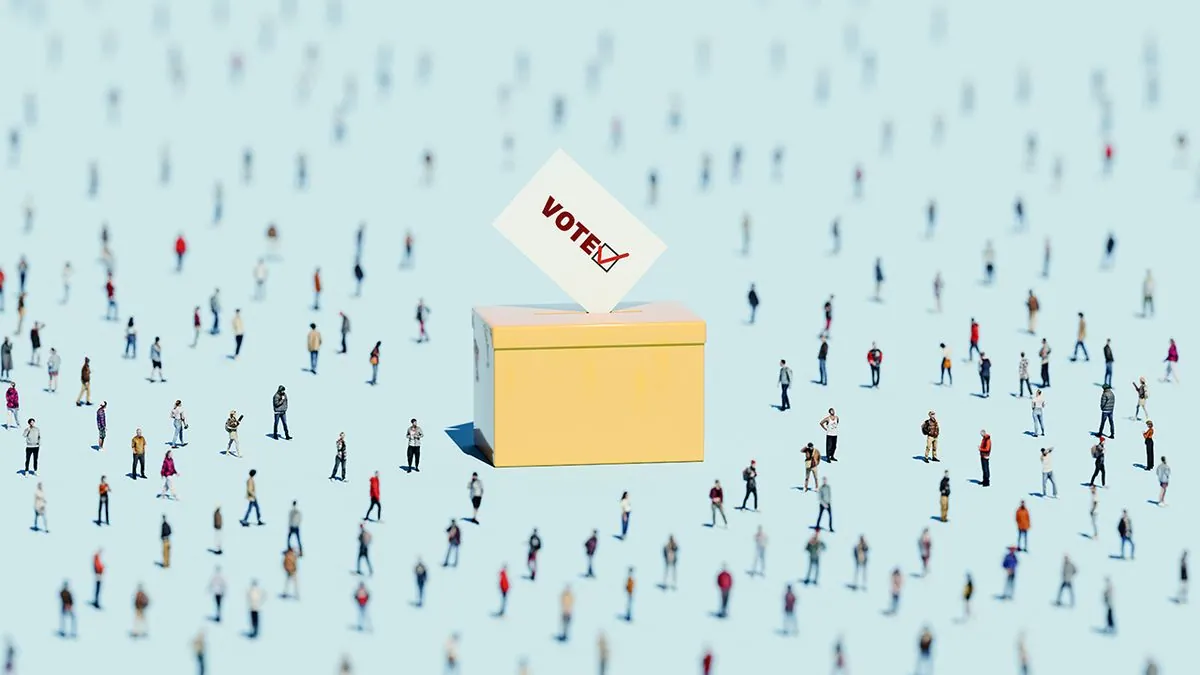Recent polls in the upcoming U.S. presidential race indicate a lead for Kamala Harris over Donald Trump, with some surveys showing margins of five to seven points. However, this scenario bears a striking resemblance to the polling landscape of previous elections, raising questions about the accuracy of these predictions.
In 2016, polls suggested Hillary Clinton held a four-point advantage, yet she ultimately secured only half that margin in the popular vote while losing the Electoral College to Trump. Similarly, in 2020, Joe Biden was projected to win by eight points but achieved a 4.5-point victory. These historical inaccuracies highlight the potential for current polls to mislead voters once again.
Analyst Ryan Girdusky has identified a key issue in the polling process: response bias. Older white liberals are more likely to participate in surveys compared to older white or Hispanic conservatives, skewing the results. This phenomenon contributed to polling errors in the last two elections and appears to be persisting.
Another significant factor affecting poll accuracy is the methodology employed. Online-only surveys, which show Harris with the largest leads, face challenges in the U.S. context. Unlike the UK, where online polls have proven relatively reliable, American online surveys tend to oversample specific demographics: younger voters, politically engaged individuals, and remote workers. These groups typically lean towards the Democratic Party.
"The most effective way to survey the US electorate is through mixed method polls, that combine online surveys with phone calls to landlines, people's mobiles, and via SMS."
While some argue that polls accurately predicted outcomes in the 2018 and 2022 midterm elections, it's crucial to note that Trump was not on the ballot during those cycles. His presence in the race introduces a unique factor, as Trump supporters are often less politically engaged and harder to reach through traditional polling methods.
To address these challenges, pollsters are adopting more comprehensive approaches. Mixed-method polls, which combine online surveys with phone calls, text messages, and in-app surveying, have shown promising results. This technique allows for a more diverse and representative sample of the electorate.
The author's polling firm, utilizing these mixed methods, currently shows a two-point lead for Donald Trump over Kamala Harris. Other pollsters employing similar techniques have also indicated a strong performance for Trump or a tight race.
As the November 2024 election approaches, it's essential to interpret polling data cautiously, especially when considering online-only surveys. The complexities of the U.S. electoral system, combined with evolving polling methodologies, underscore the importance of a nuanced understanding of pre-election surveys.
